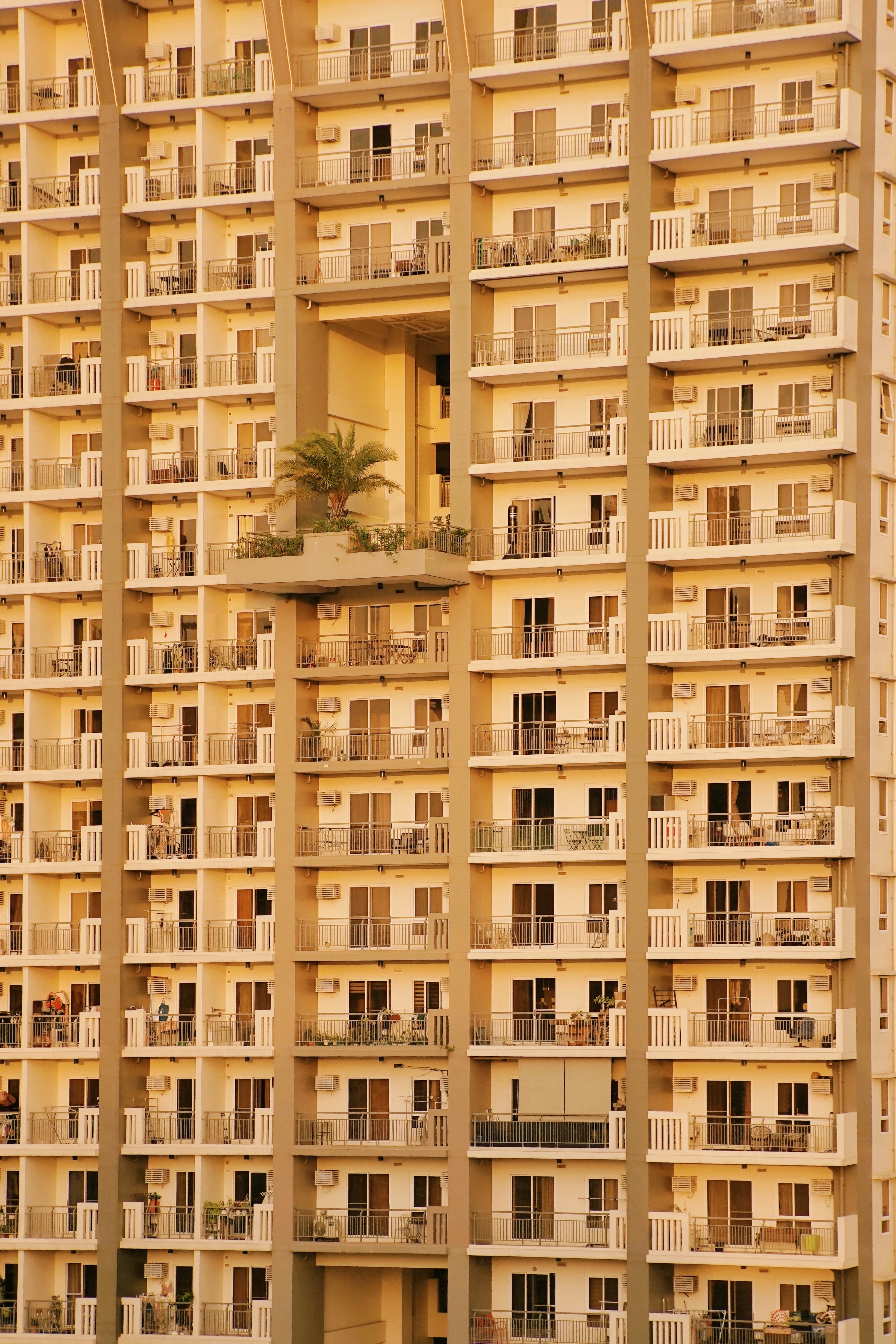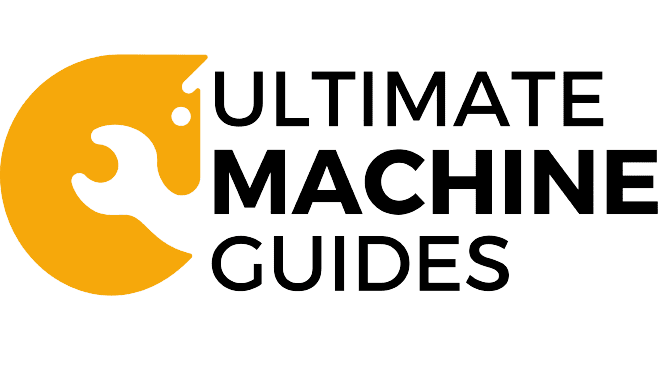So you’ve got a knack for coffee and a desire to bring your brews to the masses? Look no further than our comprehensive guide on how to build your very own coffee cart. We’ll take you through the step-by-step process of creating a mobile coffee shop, from choosing the perfect cart to constructing a functional workspace. Whether you dream of serving iced lattes at outdoor events or becoming a staple in your local community, our article has got you covered. So grab a cup of joe and let’s get building!
Determining the Layout and Design

Choosing the Cart Type
When it comes to building a coffee cart, the first step is to determine the type of cart that fits your needs and goals. There are various options to consider, such as a stationary cart, a trailer cart, or even a pop-up cart. Each type offers its own advantages, so it’s important to evaluate factors like mobility, space requirements, and ease of setup before making a decision.
Sizing and Spacing Considerations
Once you’ve chosen the cart type, it’s crucial to carefully consider the sizing and spacing requirements. You need to ensure that your cart has enough space to accommodate all the necessary equipment, supplies, and even staff members if needed. Additionally, you should consider factors like customer flow, as a congested and cluttered layout can negatively impact the efficiency and overall customer experience.
Designing the Aesthetic
The aesthetic of your coffee cart plays a significant role in attracting customers and setting the overall vibe of your business. Whether you prefer a sleek and modern design or a cozy and rustic one, it’s important to align the aesthetic with your target audience and brand identity. Key elements to consider when designing the aesthetic include the cart’s color scheme, branding elements, and overall ambiance.
Ensuring Functionality
While the aesthetics are important, it’s equally crucial to prioritize functionality. Your coffee cart needs to be designed in a way that allows the baristas to work efficiently and effectively. Consider factors such as the placement of equipment, storage space for ingredients and supplies, and ease of access to plumbing and electrical systems. A well-designed cart ensures a smooth workflow, reducing the chances of mishaps and delays.
Selecting the Right Equipment

Choosing the Espresso Machine
The selection of an espresso machine for your coffee cart is crucial to the quality of your coffee. Factors to consider include the capabilities of the machine, such as the number of shots it can produce per hour, the ease of use, and its overall durability and reliability. Additionally, take into account the available space on your cart for the machine and any specific features you require, such as programmable settings or a steam wand for milk frothing.
Deciding on the Grinder
The grinder is an essential piece of equipment that determines the consistency and quality of your coffee grounds. Consider the grinding capacity, as well as the size and noise level of the grinder. Additionally, choose a grinder that is easy to clean and maintain, as this will ensure the longevity of the equipment and the freshness of your coffee.

Selecting the Coffee Brewer
The type of coffee brewer you choose will depend on the volume of coffee you anticipate serving and the brewing method you prefer. Options range from traditional drip brewers to pour-over systems or even espresso-based brewing methods like the AeroPress. Consider factors such as brewing time, ease of use, and the quality of the coffee produced when selecting your coffee brewer.
Considering Additional Equipment
In addition to the essential equipment mentioned above, there may be additional equipment you’ll need to consider based on your menu and offerings. This may include items such as blenders for smoothies or frappes, milk frothers for specialty drinks, or even hot water dispensers for tea. Assess your menu and identify any additional equipment that may be required to meet customer demands.
Finding the Perfect Location
Researching Local Laws and Regulations
Before setting up your coffee cart, it’s important to thoroughly research and understand the local laws and regulations regarding mobile food vendors. This includes permits, licenses, zoning restrictions, and health department regulations. Compliance with these rules is essential to ensure a smooth operation and avoid any legal issues in the future.
Considering Foot Traffic and Accessibility
Choosing a location with high foot traffic is crucial to the success of your coffee cart. Look for areas with dense pedestrian activity, such as busy street corners, office buildings, or parks. Accessibility is another important factor to consider. Make sure your location is easily accessible to customers, including those with disabilities, and that there is ample space for customers to approach and queue.
Scouting Potential Locations
Once you have an understanding of the local regulations and have identified the type of area you want to target, it’s time to scout potential locations. Take note of nearby competition, assess the visibility of the location, and gather data on the demographics of the area. Consider factors such as the proximity to public transportation, nearby businesses, and local attractions that may attract potential customers.
Negotiating Lease or Rental Agreements
Once you’ve identified a suitable location, it’s crucial to negotiate favorable lease or rental agreements. Consider factors such as the duration of the lease, rental fees, and any additional costs or restrictions that may apply. Ensure that the agreement clearly outlines your rights and responsibilities as a tenant and that you have the necessary permits and licenses in place before signing any contracts.
Sourcing Quality Ingredients
Selecting High-Quality Coffee Beans
The quality of your coffee beans is fundamental to the success of your coffee cart. Consider factors such as the origin of the beans, the roast level, and the flavor profiles they offer. Look for reputable coffee bean suppliers and consider sourcing beans that align with your target audience’s preferences. Additionally, ensure that the beans are freshly roasted and stored properly to maintain their freshness and flavor.
Finding Fresh Milk and Alternatives
If your menu includes drinks that require milk, it’s essential to source fresh and high-quality milk. Look for local dairies or suppliers that prioritize sustainable and ethical practices. Additionally, consider alternatives to regular dairy milk, such as almond milk or oat milk, to cater to customers with dietary restrictions or preferences.
Choosing Syrups and Flavorings
Syrups and flavorings can add an extra touch of creativity and variety to your menu. When selecting syrups and flavorings, consider the range of flavors available, the quality of the ingredients, and any dietary restrictions or preferences of your target audience. Additionally, opt for options that are easy to store and have a long shelf life to minimize waste and cost.
Considering Additional Products
Depending on your target market and the preferences of your customers, you may want to consider offering additional products alongside your coffee. This could range from pastries and baked goods to packaged snacks or even merchandise like coffee beans or branded merchandise. Assess the demand in your target area and choose complementary products that align with your brand image.
The article will continue in the next message.
